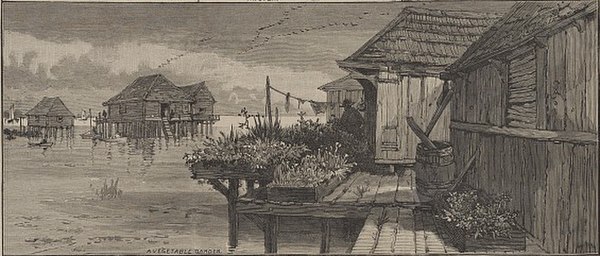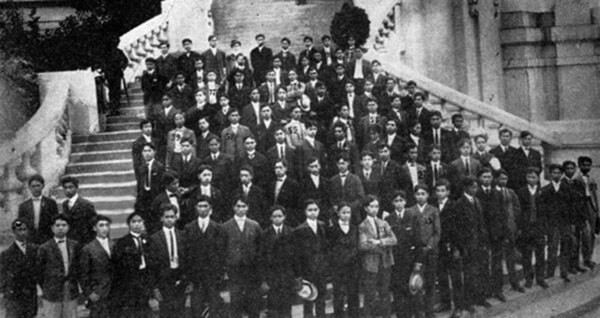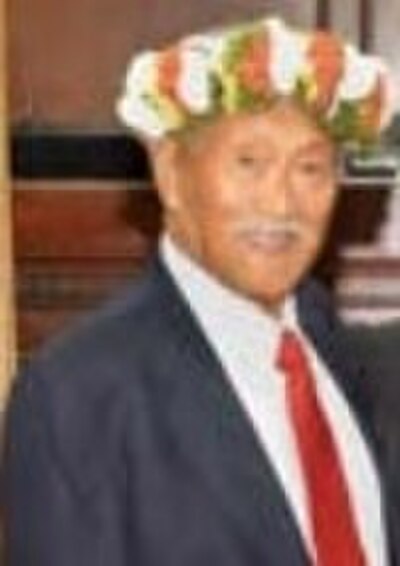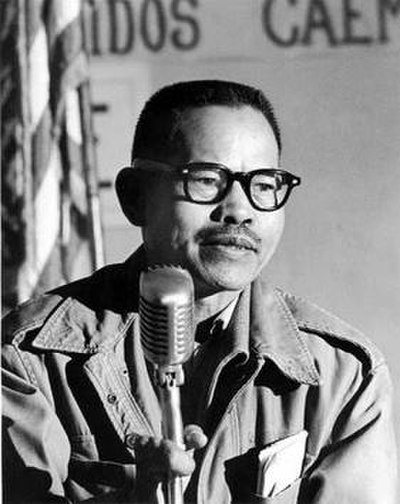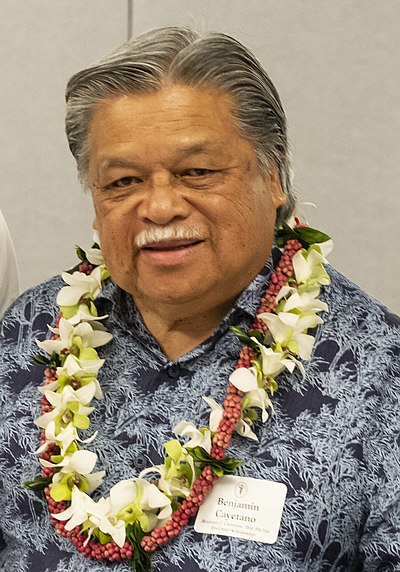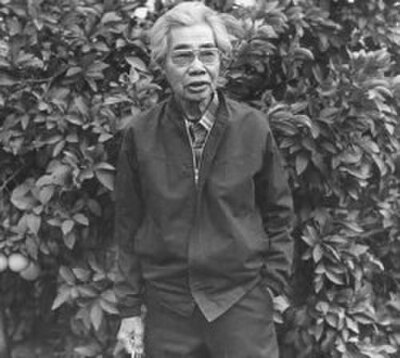
History of Filipino Americans
The history of Filipino Americans begins indirectly, when Filipino slaves and indentured servants first visited what is now the United States aboard Novohispanic ships sailing to and from modern Mexico and Asia, loaded with cargo and prisoners.[1] [2 ]The first ship carrying these slaves docked around Morro Bay in Alta California territory under the control of Mexico City in the Viceroyalty of New Spain and then Madrid. Until the 19th century the Philippines continued to be geographically isolated but maintained regular communication across the Pacific Ocean via the Manila galleon. A few Filipino seamen and indentured servants managed to escape the Spanish Galleons in the 1700s and settled on the coast or in Louisiana, another territory. One single Filipino living in the United States fought in the Battle of New Orleans.[3] In the final years of the 19th century, the United States went to war with Spain, ultimately annexing the Philippine Islands from Spain. Due to this, the History of the Philippines now includes domination from the United States, beginning with the three-year-long Philippine–American War (1899-1902), which resulted in the defeat of the First Philippine Republic, and the attempted Americanization of the Philippines.
In the 20th century, many Filipinos enlisted as sailors of the United States Navy, pensionados, and laborers. During the Great Depression, Filipino Americans became targets of race-based violence, including race riots such as the one in Watsonville. The Philippine Independence Act was passed in 1934, redefining Filipinos as aliens for immigration; this encouraged Filipinos to return to the Philippines and established the Commonwealth of the Philippines. During World War II, the Philippines were occupied leading to resistance, the formation of segregated Filipino regiments, and the liberation of the islands.
After World War II, the Philippines gained independence in 1946. Benefits for most Filipino veterans were rescinded with the Rescission Act of 1946. Filipinos, primarily war brides, immigrated to the United States; further immigration was set to 100 persons a year due to the Luce–Celler Act of 1946, this though did not limit the number of Filipinos able to enlist into the United States Navy. In 1965, Filipino agricultural laborers, including Larry Itliong and Philip Vera Cruz, began the Delano grape strike. That same year the 100-person per year quota of Filipino immigrants was lifted, which began the current immigration wave; many of these immigrants were nurses. Filipino Americans began to become better integrated into American society, achieving many firsts. In 1992, the enlistment of Filipinos in the Philippines into the United States ended. By the early 21st century, Filipino American History Month was recognized.

